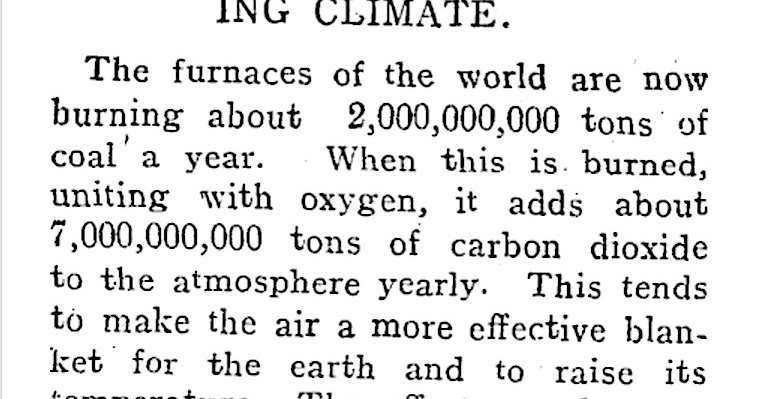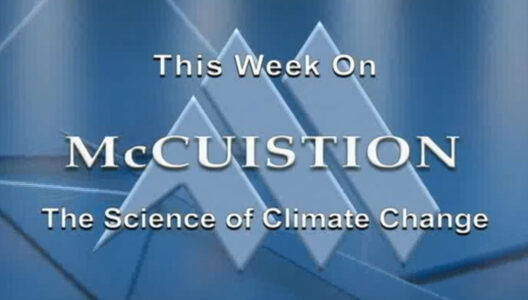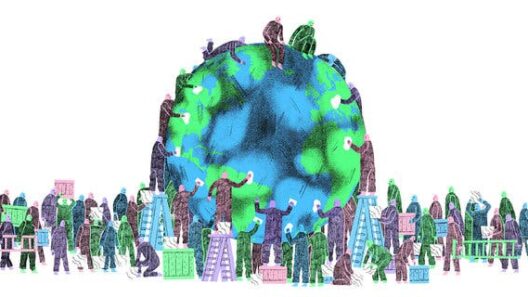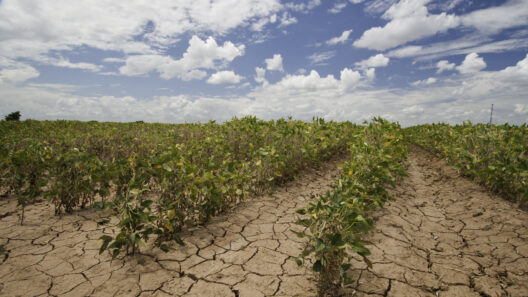Global warming is often characterized as a narrative dominated by a singular villain: carbon dioxide (CO2). However, to regard CO2 as the exclusive antagonist in this unfolding drama would be to overlook a multifaceted cast of characters that contribute to the warming of our planet. Just as a symphony requires various instruments to play in harmony, the atmospheric composition includes several greenhouse gases that collectively orchestrate the climate crisis. Understanding these gases is crucial in creating a comprehensive solution to global warming.
Carbon dioxide, produced primarily through the burning of fossil fuels, deforestation, and various industrial processes, has indeed become the poster child for climate change. Its contribution to the greenhouse effect is significant; CO2 traps heat in the atmosphere, preventing it from escaping back into space. However, this gas is not alone. It is part of a larger ensemble of greenhouse gases, each with its own unique characteristics and impacts.
Methane (CH4) joins the fray as a potent adversary. Although it is present in smaller quantities compared to CO2, methane’s heat-trapping capability is exceptionally robust—over twenty-five times more effective at warming the atmosphere than CO2 over the span of a century. Methane is predominantly emitted during the extraction and transportation of fossil fuels, as well as from agricultural practices, particularly livestock digestion. If CO2 is the omnipresent narrator of our tale, then methane serves as the dramatic subplot, amplifying the urgency of our climate narrative.
Nitrous oxide (N2O) adds yet another layer to the complex interactions within our atmosphere. This gas emanates from agricultural and industrial activities, as well as during the combustion of fossil fuels and solid waste. While it is found in even smaller concentrations than methane, its global warming potential is approximately three hundred times that of CO2 over a century. The stealthy nature of nitrous oxide makes it a particularly insidious player in the climate change narrative, affecting both the ozone layer and climate in ways that are not always immediately visible.
Water vapor is perhaps the most abundant greenhouse gas, but it operates somewhat differently than CO2 and its counterparts. Water vapor acts as a feedback mechanism rather than a direct driver of climate change. As the earth warms due to CO2 and other emissions, the atmosphere can hold more water vapor, thus amplifying the greenhouse effect. This interaction creates a cycle; the initial warming leads to more water vapor, which in turn leads to further warming. It is a cyclic dance, with each partner relying on the other, constructing a looping predicament that is difficult to escape.
The halocarbons, a group of chemicals used in refrigeration, aerosol propellants, and foam-blowing agents, add yet another layer of complexity. These synthetic gases are far less prevalent but possess extraordinary global warming potentials. Some can trap heat in the atmosphere over a thousand times more effectively than CO2. Their long atmospheric lifetimes mean that solutions may be more elusive. The invisible hand of industry has its fingerprints on these gases, further complicating the narrative of global warming.
Collectively, these gases create a potent atmospheric mix that is contributing to the continued elevation of global temperatures. The interaction of gases makes it imperative to adopt a comprehensive approach to mitigate climate change. Addressing CO2 emissions through renewable energy sources and energy efficiency is vital, but it is equally essential to tackle methane leaks from natural gas production, reduce nitrous oxide emissions from agricultural practices, and eliminate the use of harmful halocarbons.
Public awareness and education can transform this story from one of despair to action. Different stakeholders—from policymakers to local communities—must grapple with the interconnectedness of these gases. A singular focus on the most prominent culprit risks neglecting other critical emissions that could significantly enhance mitigation efforts.
Innovations in technology play a crucial role in this transformative narrative. The development of advanced methane detection systems and carbon capture technologies can help manage emissions more effectively. More sustainable agricultural practices can dramatically reduce nitrous oxide emissions, while a transition to climate-friendly refrigerants can mitigate the impacts of halocarbons. This multidisciplinary approach not only addresses emissions but fosters resilience in our ecosystem.
Polarization surrounding climate change often leads to debates characterized by a blame game. However, recognizing that CO2 is not the only culprit encourages collaboration and unity in the face of this complex challenge. While it is tempting to position carbon dioxide as the lone villain, such a perspective is reductive at best and misleading at worst. The narrative of global warming encompasses a vast range of gases, each playing a role in shaping our climate destiny.
Ultimately, framing global warming as a saga involving multiple players allows for a more nuanced understanding of the crisis. By acknowledging the complexity and interdependence of these greenhouse gases, we can foster a collaborative approach to combatting climate change. In doing so, we can aspire to not only mitigate the impacts of global warming but also transition toward a sustainable and equitable future for our planet.








